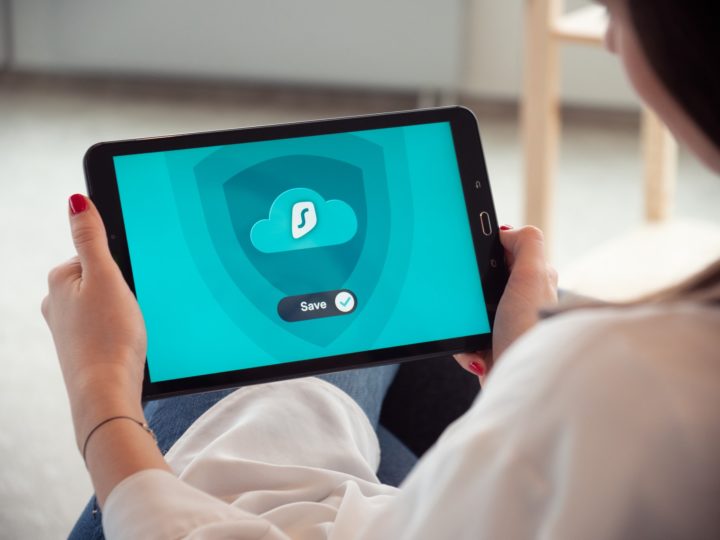For most of 2020, the news was dominated by one thing and one thing alone: COVID-19. The strain of coronavirus swept through the global population fast and forced every country in the world, including the United States, to change their entire way of life in a bid to combat its devastation. Schools, shops, transport links, and entire industries had to shut their doors–some never to open them again–and to preserve public health was now the number one priority on every government’s list.
Some industries simply could not close their doors, and as a result of that, new forms of alternatives started to emerge to act as a way of minimizing the compromises they had to install. One such alternative was the use of telemedicine instead of in-person visits to the healthcare provider.
Telemedicine

What is telemedicine? Well, put, telemedicine (also known as telehealth) is exactly as the name suggests–healthcare administration through telecommunication devices. Originally devised in the middle of the last century to ensure people in rural areas had access to healthcare, telemedicine has seen a recent resurgence as a way of keeping people quarantined without sacrificing medical aid would ordinarily be given in person. As technology has also improved, so too has the administering of telemedicine. Many of these appointments can be given through video calls, providing doctors and patients alike with the ability to be more specific in the discussions of symptoms and ailments.
Pros & Cons of Telehealth and Telemedicine Services.

As with all forms of medical practice, telemedicine services carry their own set of benefits and risks. In the face of COVID-19, the benefits are obvious. Telehealth services allow doctors to carry out their appointments and follow-up consultations much easier without requiring them to visit the surgery. With social distancing, this is a lot more useful to everyone and helps the public health organizations battle against coronavirus. Also, Telehealth services are potentially cheaper to run and will be more lucrative than the current policy that most health insurance providers are likely to run.
However, the downsides are also as obvious. Firstly, telehealth appointments will never be as accurate as an in-person visit with a health care provider–which means that something serious that is not as evident on a video call can be much more easily missed. Add to that the fact that the appointments cannot be totally private, either as interruptions by family members or by the constant threat to security by cyberterrorism.
Malpractice Insurance
The point of telemedicine malpractice insurance is not only to minimize the risks and protect the doctor and the patient but also to provide peace of mind to all parties. Just as medical malpractice insurance seeks to ensure that healthcare providers are accountable should an operation or medical procedure go wrong, telemedicine practice can also be ensured to ensure that the telemedicine providers do not miss anything or are not held responsible for mistakes that they couldn’t possibly avoid. Telemedicine malpractice insurance will also ensure that the sharing of personal and private data remains safe and secure and is treated with the same reverence that doctor-patient confidentiality has.
MedPli has already started to get ahead of the trend in offering coverage for telemedicine providers. As telemedicine practice becomes more widespread and will likely continue post-covid, regulations are constantly evolving, and new policies are being installed. Medpli works to keep ahead of all of those changes and provide security via consultation and through their malpractice policies.
According to the surveys of the state of the healthcare industry in 2020 collated by Policy Advice, doctors and health care providers are looking to move towards more technological-based practice to reduce the costs and burdens placed on healthcare as a result. As technology gets better, such as cloud photo storage, the number of patients who would also like to have more digital contact with their doctors may increase from 50% soon. If patients had the option to take photos of what is bothering them or capture particular problems on video, then they may feel a lot more comfortable in sharing it with their doctor than trying to describe it instead. Technology continues to expand upon healthcare, but it also continues to help evolve the doctor-patient relationship too.




